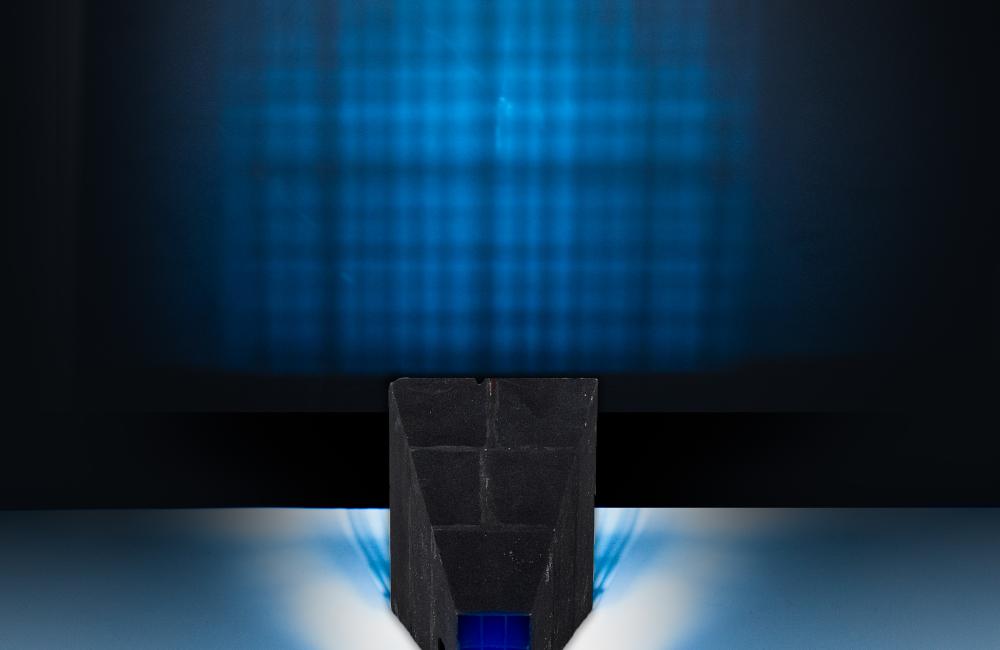2024-03-27 マサチューセッツ工科大学(MIT)
<関連情報>
- https://news.mit.edu/2024/persistent-hiccups-draws-astronomers-new-black-hole-behavior-0327
- https://www.science.org/doi/10.1126/sciadv.adj8898
準周期流出によって明らかになった連星ブラックホール系のケース A case for a binary black hole system revealed via quasi-periodic outflows
DHEERAJ R. PASHAM , FRANCESCO TOMBESI , PETRA SUKOVÁ , MICHAL ZAJAČEK, […], AND ELIZABETH C. FERRARAA
Science Advances Published:27 Mar 2024
DOI:https://doi.org/10.1126/sciadv.adj8898

Abstract
Binaries containing a compact object orbiting a supermassive black hole are thought to be precursors of gravitational wave events, but their identification has been extremely challenging. Here, we report quasi-periodic variability in x-ray absorption, which we interpret as quasi-periodic outflows (QPOuts) from a previously low-luminosity active galactic nucleus after an outburst, likely caused by a stellar tidal disruption. We rule out several models based on observed properties and instead show using general relativistic magnetohydrodynamic simulations that QPOuts, separated by roughly 8.3 days, can be explained with an intermediate-mass black hole secondary on a mildly eccentric orbit at a mean distance of about 100 gravitational radii from the primary. Our work suggests that QPOuts could be a new way to identify intermediate/extreme-mass ratio binary candidates.



